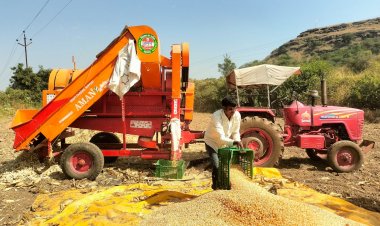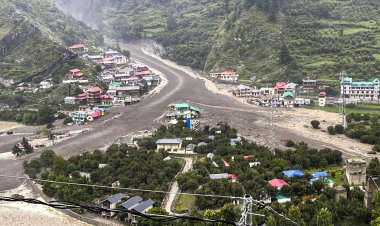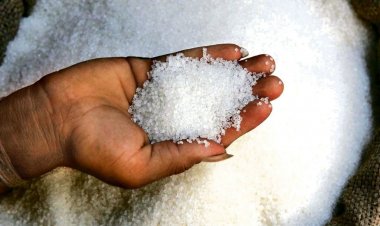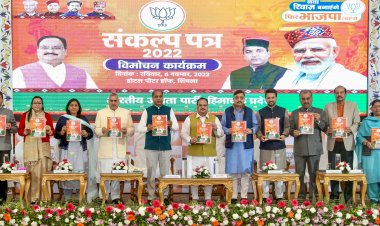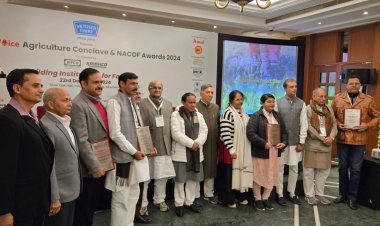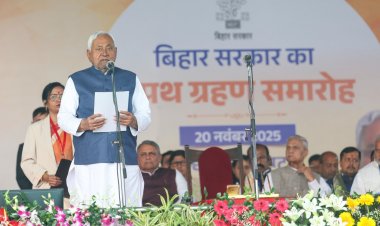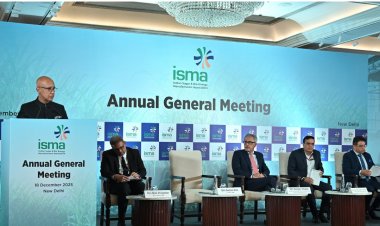The plight of women in Bundelkhand
In the Bundelkhand region, the status of women deserves a special look. Women are very weak in terms of economic and social point of view in comparison to other parts of the country.
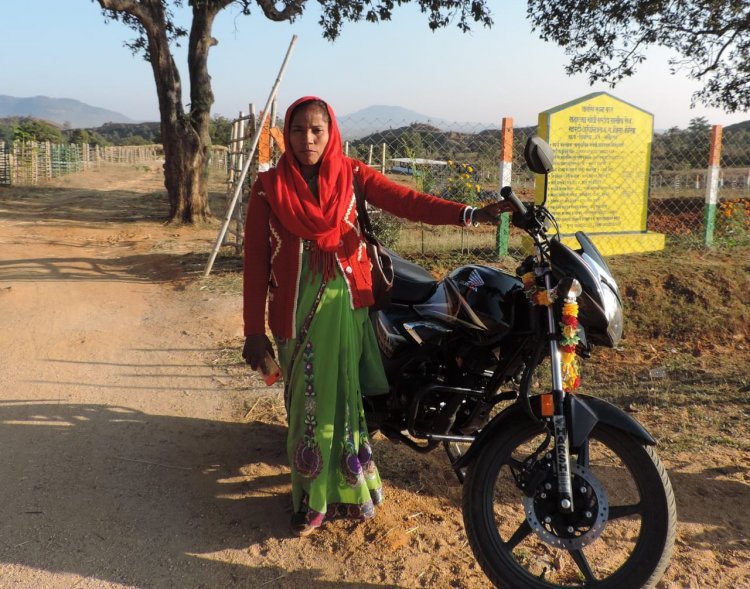
The theme for the International Women’s Day announced by UN Women is “Women in Leadership: Achieving an equal future in a COVID-19 world” and the campaign theme is #ChooseToChallenge. Since 1977, we have been celebrating Women’s Day but still, there are a lot of lacunae. This is why women cannot achieve equal rights.
Globally, women are an underutilized force for sustainable development. Women are responsible for half of all agricultural output in Asia. Yet, they lack access to necessary agricultural resources, with which they could reduce global hunger by 12-17%.
In the Bundelkhand region, the status of women deserves a special look. Women are very weak in terms of economic and social point of view in comparison to other parts of the country. Girls are deprived of school due to household responsibilities. Women have to pay respect even to a higher-caste kid by standing up in the same way as children stand up when Master ji (teacher) comes into the class. As per the system in Bundelkhand, only boys are eligible to get all facilities, including even nutritional food at home.
There are a lot of clear pieces of evidence of disparity between boys and girls not only at home but in society too. Working in agriculture fields and taking care of domestic animals, women still struggle wrapped in a five-metre dhoti. They have enjoyed secondary status since eternity. However, in the last decade, the government has ramped up the scale and pace of girl child empowerment. The ‘Beti Bachao Beti Padhao’ programme has witnessed significant milestones and created momentum in girl child empowerment. The 2000 crore programme, initiated in 2014, was launched to address India’s rapidly deteriorating sex ratio (2011: 918 girls for 1,000 boys).
Ulrike Reinhard, a woman friend from Germany, shared her views with me on the condition of women in Bundelkhand when she came to do social work in India in 2012. She said to me, “It is very difficult to work in India because people are divided on caste lines and there is no opportunity for women to improve the situation of women. I just can’t handle it.”
And she was right. The situation of women in this part of Madhya Pradesh is terrifying for an open-minded, liberal lady like her. It was a shock for her to see how patriarchal Indian society is. The role of the woman was to stay in the house, do all the work and serve the man. Very often – especially in a middle-caste family – the woman wasn’t even allowed to leave the house. They had to cover their faces when a male person would enter the place.
Ulrike spent nine years in India. Having spent a lot of time in a small village in Bundelkhand, she shared her view with this writer and said, “Not much has changed. In the village, women have to face domestic violence, alcoholism and hard work – with no rights. Women or higher-caste wives hardly leave their houses; they basically live inside their houses and courts. It is slightly different in the Adivasi families. They do face the same challenges, yet the women have their own voice. You see them out of their houses and many of them have no issues in interrupting their husband in a conversation. This would never ever happen in a higher-caste family. In village affairs, women have no rights and no voice. It’s none of their business.”
One incident I will never forget. I was with a woman in a hospital because her husband had beaten her badly. Yet she wouldn’t admit to the doctor what had happened – even though it was so obvious. I was talking to her and trying to convince her to speak out, but she refused. She told me it would be a shame for the family if she would say her husband has beaten her. She could not live with this shame. I had to accept, but it really hurt.
In the photo given below of a group of Yadav girls, each of them is looking somewhere without seeing anything. It was taken in the village and I know the families well. I call the photo “Dreams, but no future!” The future of the girls doesn’t have a place for any dreams but is only staring in the face at the reality of being locked down in the houses of their husbands’ families. They have no say in what their future life will be. They have to accept their destiny and serve lifelong in the family of their husband.
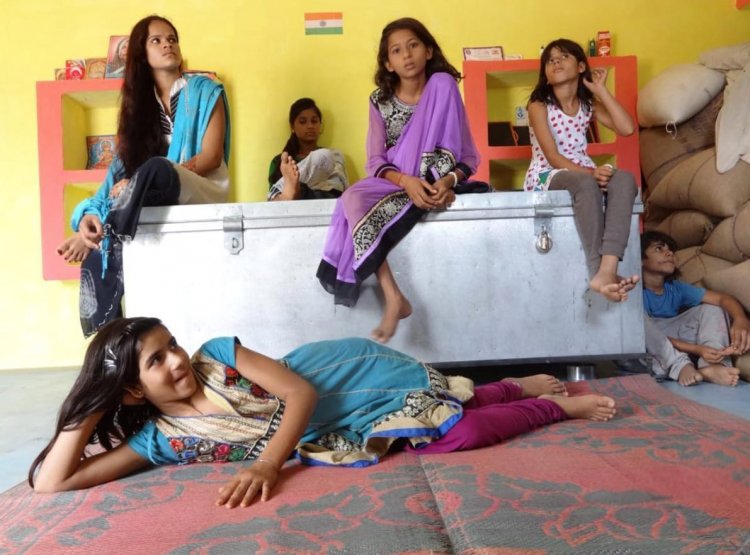
In the cities, the situation is better for women. Many do study and are in jobs. The younger generation is changing. Yet very often I hear something like “I am not allowed to go out without my older brother”. I haven’t found a situation where women do have a say. Also, at home, it is the woman’s role to serve the rest of the family. And the woman has to go to her husband’s family. It is a male-dominated society even in the cities.
It is our responsibility — that of the state and society — that we must utilise half of the population’s potential. Women empowerment programmes aren’t worth a penny if men don’t give women space. Men need to change — only then can women change on a broader basis. It would be great for the country because women bring a lot of soft skills, which men simply do not have or they are weak in, such as empathy, will to compromise, honest caring — just to name a few.
The writer is an environmentalist.



 Join the RuralVoice whatsapp group
Join the RuralVoice whatsapp group

















